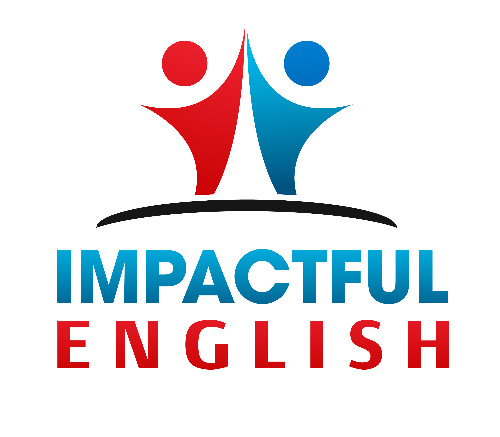Improve English Fluency with the ‘PREP’ Framework
Whether you’re giving a presentation, leading a meeting, or engaging in a conversation, speech frameworks can provide clarity and coherence to your speech, helping you articulate your ideas more convincingly.
Speech frameworks are structured approaches or models that guide the organization and delivery of your speech. They provide a clear outline to help you convey your message logically and persuasively. By using speech frameworks, you can ensure that your ideas flow smoothly, making it easier for your audience to follow and understand your points.
The PREP Framework
The PREP framework is a popular speech and writing structure that helps individuals effectively organize and present their ideas in a clear, concise, and convincing manner. It is particularly useful for presentations, arguments, and persuasive speeches. The acronym PREP stands for Point, Reason, Example, Point, and it guides you through a structured approach to presenting your message:
Point:
Start with your main point or statement. Clearly state what you want to convey or the position you are advocating for.
This serves as an introduction to your speech and sets the stage for your audience, giving them a clear understanding of your argument or message.
Reason:
Provide reasons to support your main point. These reasons should be logical and well-thought-out, demonstrating why your point is valid.
This part of the framework adds depth and credibility to your argument, helping your audience understand the rationale behind your main point.
Example:
Offer examples or evidence to illustrate your reasons. Examples can include personal anecdotes, case studies, data, statistics, or other forms of evidence that support your reasons.
Examples make your argument more relatable and easier for your audience to understand, strengthening the impact of your message.
Point:
Restate your main point to reinforce your argument and conclude your presentation. This repetition helps solidify your message in the minds of your audience.
It also provides a clear and strong ending to your speech, leaving your audience with a memorable takeaway.
Useful Expressions for the PREP Framework
Here are some expressions and connectors you can use when applying the PREP framework in your speech or writing:
Point:
Introducing the main point: “The key point I want to discuss is,” “Let’s begin with the main point,” “The most important thing to remember is,” “The central point is.”
Reason:
Introducing the reason: “The reason for this is,” “Here’s why this is important,” “One key reason for this is,” “The justification for this point is.”
Explaining the reason: “This is because,” “Due to the fact that,” “Given that,” “Since.”
Example:
Introducing the example: “For example,” “To illustrate,” “Let me provide an example,” “For instance.”
Explaining the example: “This shows that,” “As this example demonstrates,” “This example highlights,” “This underscores the point that.”
Point:
Restating the main point: “So, in the end,” “To wrap up,” “In summary,” “To conclude,” “Therefore, remember that,” “In summary,” “To reiterate,” “Ultimately, the main point is,” “In conclusion, remember that.”
By using these expressions and connectors, you can effectively guide your audience or listener through the different parts of the PREP framework and present your information in a well-structured and persuasive manner.
Conclusion
Speech frameworks provide a structured approach to organizing and delivering your message effectively. By using these frameworks, you can enhance the clarity and persuasiveness of your speech, ensuring your audience remains engaged and understands your key points.





